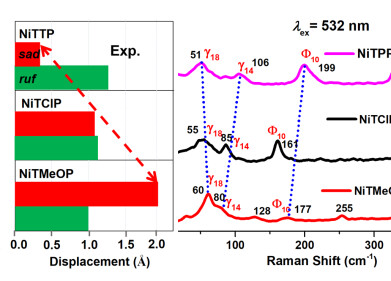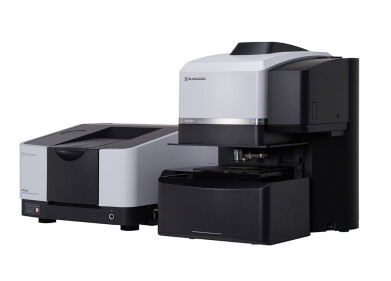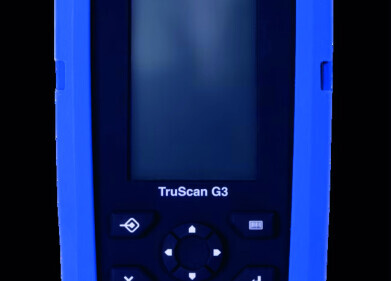Raman spectroscopy
NIR vs Raman Spectroscopy - What's the Difference?
Dec 07 2022
Spectroscopy - a technique that uses electromagnetic spectra to analyse the structural and molecular characteristics of matter - is widely used by scientists around the world. Within the spectroscopy umbrella are several specialised methods, including Near-Infrared (NIR) Spectroscopy and Raman Spectroscopy. What’s the difference between the two? Below, we take a closer look at NIR vs Raman Spectroscopy.
Spectroscopy: 101
Before we get stuck in, let’s dive deeper into how spectroscopy works.
Spectroscopy is the study of how matter absorbs and emits light, and other radiation sources. The technique uses electromagnetic radiation to split light into constituent wavelengths and create a spectrum. This spectrum reveals information about the structural and molecular properties of the sample.
Both NIR and Raman Spectroscopy are founded in this basic principle. However, there are a few key differences between the two:
Similarities between NIR and Raman Spectroscopy
- Both techniques generate a unique spectral footprint that can be used to identify molecules.
- NIR and Raman spectroscopic data can be used for quantitative analysis.
- Both techniques are non-destructive and require no complex sample preparation.
- Results are fast and often delivered in seconds. This makes both NIR and Raman Spectroscopy suitable for high frequency sampling.
- Probes can be used to improve the accessibility of samples.
Differences between NIR and Raman Spectroscopy
- Raman measurements are gathered from light scattered by vibrating molecules. NIR measurements rely on light absorption patterns detected in vibrating molecules.
- Raman active vibrations aren’t visible in the infrared for molecules with a symmetrical stretch. Similarly, infrared active vibrations aren’t visible in the Raman spectra for molecules with asymmetric stretch. This is known as the Principle of Mutual Exclusion and is what makes NIR and Raman Spectroscopy complementary techniques.
- Raman has a sharp and highly defined signal, with analysis usually limited to the laser width. In contrast, NIR is broader. This high level of selectivity makes Raman suitable for analysis of unknown molecules.
- Vibrations with polar bonds are strong NIR absorbers but produce weak Raman scatters.
- Water is inactive in Raman Spectroscopy but highly absorbent when exposed to infrared light. This makes Raman Spectroscopy preferable when H2O isn’t an analyte of interest. Similarly, NIR is suitable when H2O is of interest.
Both NIR and Raman Spectroscopy are extremely useful, though it’s important to know the strengths and weaknesses of each.
Combining spectroscopic techniques is becoming increasingly popular in modern labs. Find out more about how scientists are pairing techniques to unlock ultra-detailed molecular information in ‘Hyphenated Electrochemical-Raman Spectroscopy: Another Dimension for Your Research’.
Digital Edition
Lab Asia 32.2 April
April 2025
Chromatography Articles - Effects of small deviations in flow rate on GPC/SEC results Mass Spectrometry & Spectroscopy Articles - Waiting for the present to catch up to the future: A bette...
View all digital editions
Events
Apr 27 2025 Portland, OR, USA
Making Pharmaceuticals Exhibition & Conference
Apr 29 2025 Coventry, UK
Apr 30 2025 Peshawar, Pakistan
May 11 2025 Vienna, Austria
May 13 2025 Oklahoma City, OK, USA



















